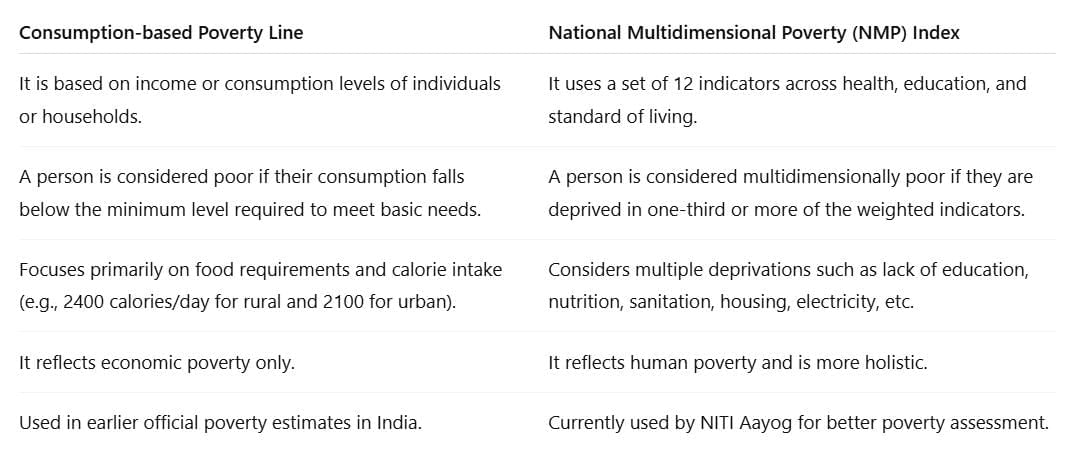HISTORY-Ch 9
Women, Caste and Reform
EXERCISE
Q1. What social ideas did the following people support?
Rammohun Roy
Dayanand Saraswati
Veerasalingam Pantulu
Jyotirao Phule
Pandita Ramabai
Periyar
Mumtaz Ali
Ishwarchandra Vidyasagar
Answer
Rammohun Roy: Supported the banning of the practice of
'Sati'
Dayanand Saraswati: Supported Widow
remarriage
Veerasalingam Pantulu: Supported Widow
remarriage
Jyotirao Phule: Supported equality among castes
Pandita Ramabai: Supported women's
Education
Periyar: Supported
equality for untouchables.
Mumtaz Ali: Supported Wome's Education
Ishwarchandra Vidyasagar:
Supported Widow remarriage
2. State whether true or false:
(a) When the British captured Bengal they framed many new laws to regulate the
rules regarding marriage, adoption, inheritance or
property, etc.
► True
(b) Social reformers had to discard the ancient texts in order to argue for
reform in social practises.
► False
(c) Reformers got full support from all sections of the people of the country.
► False
(d) The Child Marriage Restraint Act was passed in 1829.
► False
Q3. How did
the knowledge of ancient texts help the reformers promote new laws?
Answer -Whenever they wished to challenge a practice that seemed
harmful, they tried to find a verse or sentence in the ancient sacred texts
that supported their point of view.They then suggested that the practice as it
existed at present was against early tradition. Thus, the knowledge of ancient
texts helped the reformers promote new laws.
Q4. What were the different reasons people had for not sending girls
to school?
Answer :The following were the different reasons people had for not
sending girls to school.
1) They feared that schools would take girls away from home, thereby preventing
them from doing their domestic duties.
2) They felt that travelling through public places in order to reach school
would have a corrupting influence on girls.
3) They felt that girls should stay away from public spaces.
Q5. Why were Christian missionaries attacked by many people in the
country? Would some people have supported them too? If so, for what reasons?
Answer: In the nineteenth century, Christian missionaries started
setting up schools for tribal groups and lowercaste children. These children
were trained to find a footing in the changing world. Soon the poor left the
villages and started looking for jobs in the cities. People who looked down on
the lower caste did not like the progress of this section of people. Social
reformers would have supported the missionaries for their work against social
evils.
6. In the British period, what new opportunities opened up for
people who came from castes that were regarded as "low"?
Answer The British period saw the rise of the cities. Many of the
poor living in the Indian villages and small towns at the time began leaving
their villages and towns to look for jobs that were opening up in the
cities. there was a great demand for labour - labour for digging drains,
laying roads, constructing buildings, working in factories and municipalities,
etc. There was also the demand for labour in the various plantations. The army
too offered opportunities for employment. .
Q7. How did Jyotirao and the reformers justify their criticism of
caste inequality in society?
Answer- Jyotirao
Phule developed his own ideas about the injustices of caste society. He did not
accept the Brahmans’ claim that they were superior to others, since they were
Aryans. Phule argued that the Aryans were foreigners, who came from outside the
subcontinent, and defeated and subjugated the native Indians. As the Aryans
established their supremacy, they began looking at the Indians as inferior and
low caste people. According to Phule, the "upper" castes had no right
to their land and power:
Q8. Why did Phule dedicate his book Gulamgiri to the American
movement to free slaves?
Answer Jyotirao Phule wrote a book in 1873. He named
the book Gulamgiri meaning slavery. Some ten years before this, the American
Civil War had been fought, leading to the end of slavery in America. Phule
dedicated his book to all those Americans who had fought to free slaves. He did
this in order to establish a link between the conditions of the lower castes in
India and the black slaves in America.
Q9. What did Ambedkar want to achieve through the temple entry
movement?
Answer Dr. B. R. Ambedkar started a temple entry movement in 1927 which was
participated by his Mahar caste followers. Brahman priests were outraged when
the lower castes used water from the temple tank Dr. Ambedkar led three such
movements for temple entry between 1927 and 1935. His aim was to make everyone
see the power of caste prejudices within the society.
Q10. Why were Jyotirao Phule and Ramaswamy Naicker critical of the
national movement? Did their criticism help the national struggle in any way?
Answer. They
were critical of the national movement because the nationalists often made
seating arrangements following caste distinctions at feasts. The lower castes
were made to sit at a distance from the upper castes. Their criticism helped
the national struggle to a great extent. Ramaswamy Naicker inspired the
untouchables to fight for their diginity by initiating the Self Respect Movement.
Extra question
Tarabai Shinde published Stripuru-shtulna. It is about the social differences between men and women.
2.Who was Mumtaz Ali?
Which social reformer was popularly called as Periyar?
Ans. E.V. Ramaswamy Naicker
5.Who was Raja Rammohun Roy?
1829: Sati was banned.
1828:Brahmo Sabha formed later renamed as Brahmo Samaj (1830)
1830: The BrahmoSamaj formed.
1856: Permitting widow remarriage.
1864: The Veda Samaj established in Madras (Chennai).
1867: The PrarthanaSamaj established by Atmaram pandurag.
1873: Phule wrote a book named Gulamgiri.
1875: (i) Swami Dayanand founded the AryaSamaj.
(ii) The Mohammedan Anglo-Oriental College founded by Sayyid Ahmed Khan at Aligarh later became the Aligharh Muslim University.
1927-35: Ambedkar started a temple entry movement.
1893: World parliment of religion.
1929: A Law preventing child marriage called Child Marriage Restraint Act was passed.



No comments:
Post a Comment